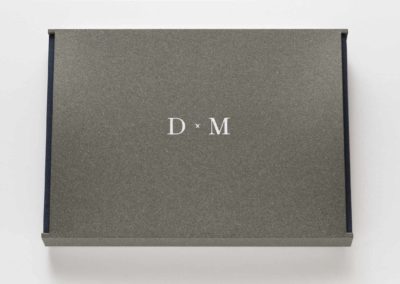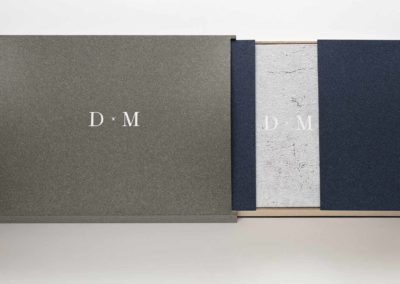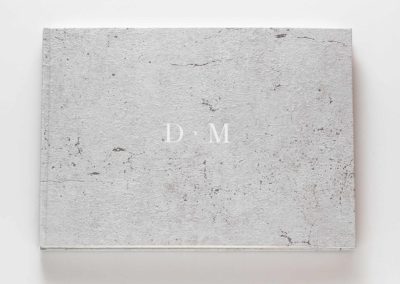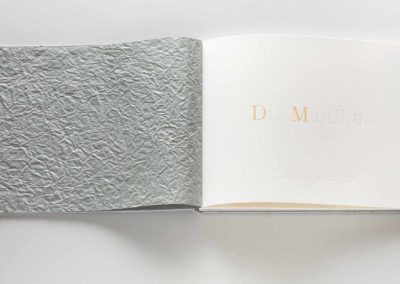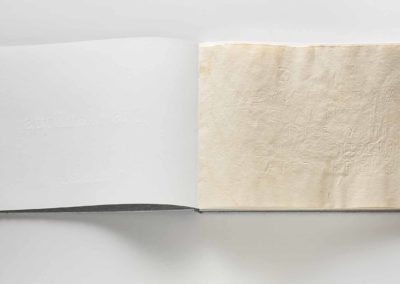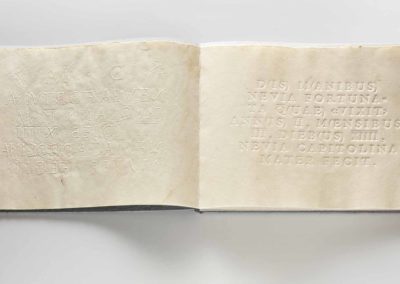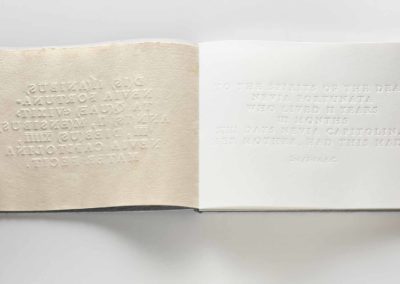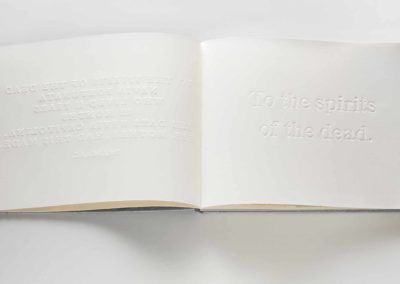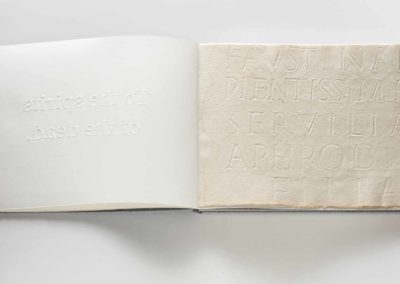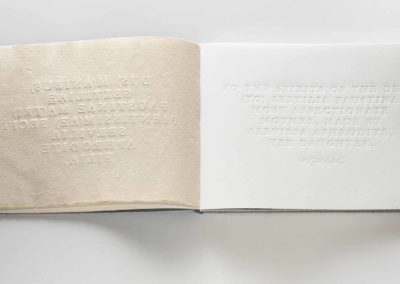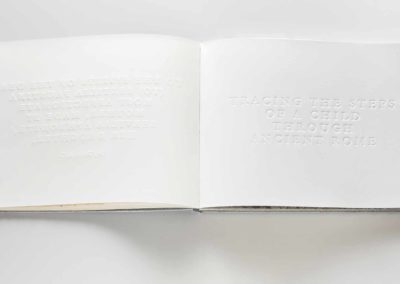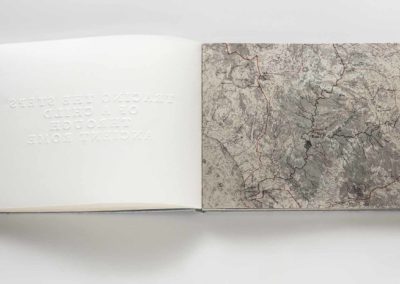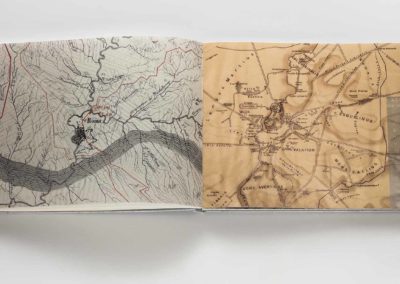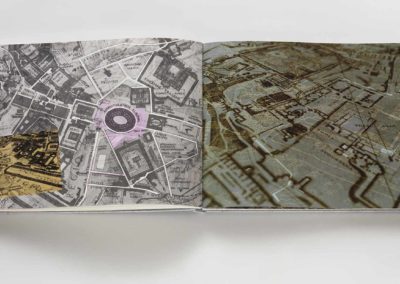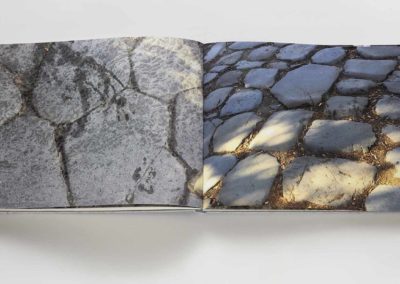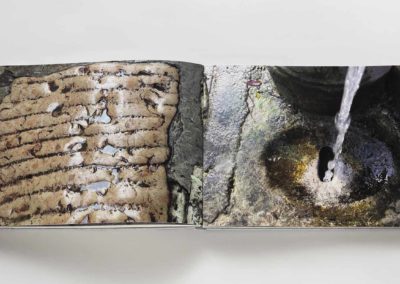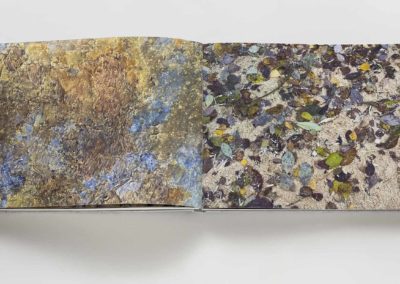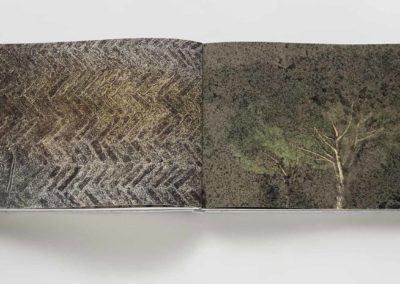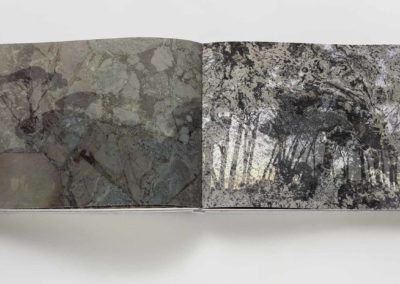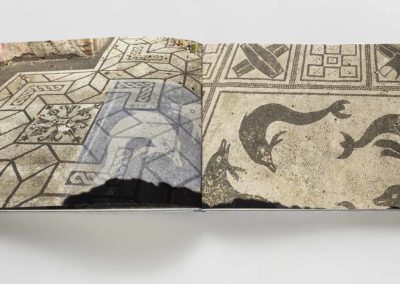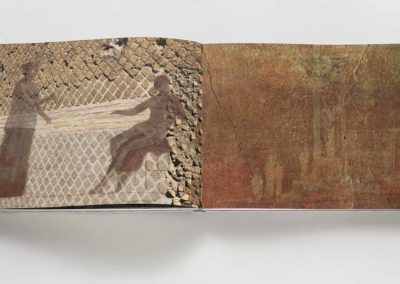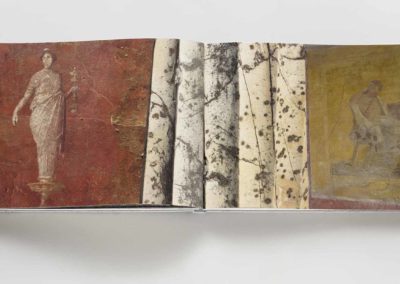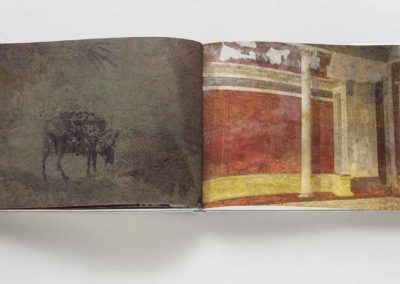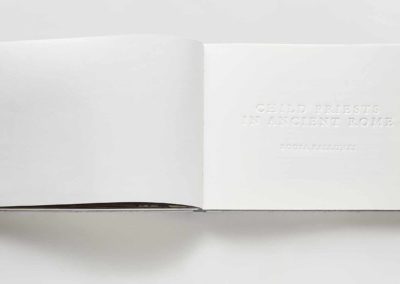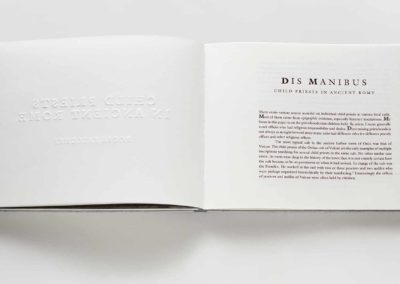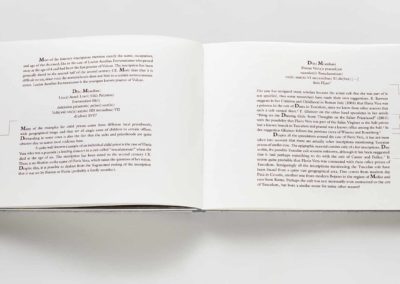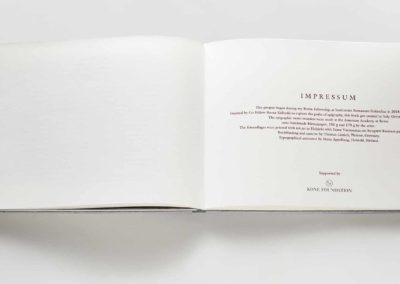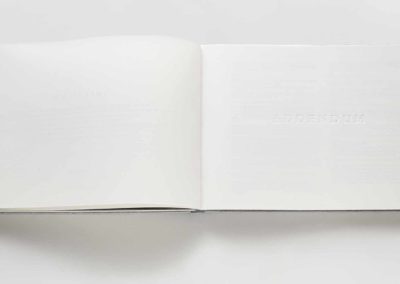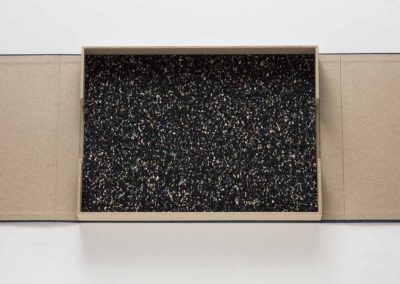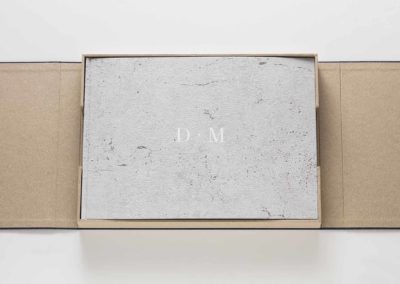DIS MANIBUS – CARVED IN STONE
2020
28 x 37 x 5 cm (slipcase), 25 x 36 cm (book), 26 leaves bound, edition of 13 photos and rubbings from stones in Rome, Italy, text “Child Priests in Ancient Rome”, by Roosa Kallunki, Finland photo collages, impressum, addendum printed in Helsinki, archival pigment print, magnesium cliché and hot foil embossing in bookbinding studio Thomas Lüttich, Weimar, Germany.
Inspired by epigraphic inscriptions in Rome and history researcher Roosa Kallunki’s doctoral theses on “The Agency of Children in Ancient Rome”. Two stones with epigraphic inscriptions in Latin abbreviations, c. 200BC.-100AC., were chosen by me and the epigrams rubbed by hand and a bookbinders bone onto Bütten paper 250gm. The Latin abbreviations were transcript and translated into English, embossed onto Japanese Bamboo paper by magnesium clichés. Original photo collages and the text “Child Priests in Ancient Rome” were double- sided printed onto the same Bamboo paper. The book includes an Impressum and a “Nabokovian” Addendum that interprets the book’s numerous sources and inspirations. Each edition contains two original rubbings, which from two different ancient stones.
The chosen stones fit Kallunki’s research time period and subject, mentioning each a child. Despite the brief inscription I could imagine the life of these children. In my mind I reached out, took the child by the hand, and let it guide me. We walked together the city’s ancient streets, passing fountains, entering a Roman house of that very time, seeing wall frescoes and pigments all contemporary to this child’s life. I had to research the probable paths, find streets, which still remained, pavement, mural structures, marble floors and mosaics from 200 B.C. The temples, in which rituals were performed, were mostly located in the Forum Romanum and Palatinum areas. There, in the houses of Augustus and his wife Livia, my imagined route ends. The featured text by Roosa Kallunki brings two other case studies to light, also based on epigraphic sources, one of a 4-year-old boy and the other of a 6-year-old girl, both with different religious responsibilities. I imagined the point of view of a child, near the ground.

